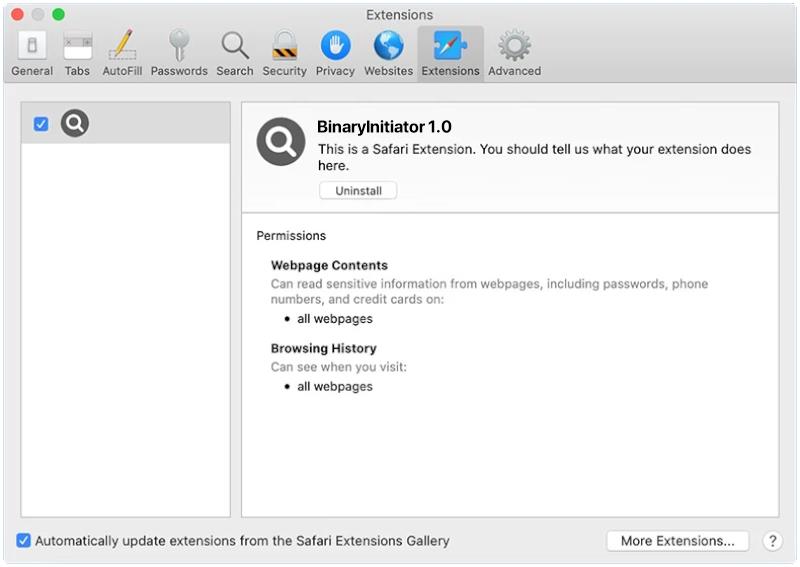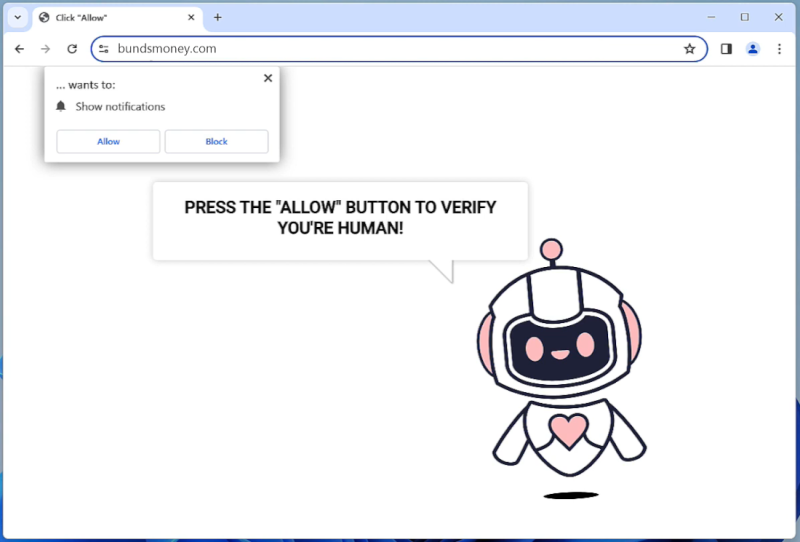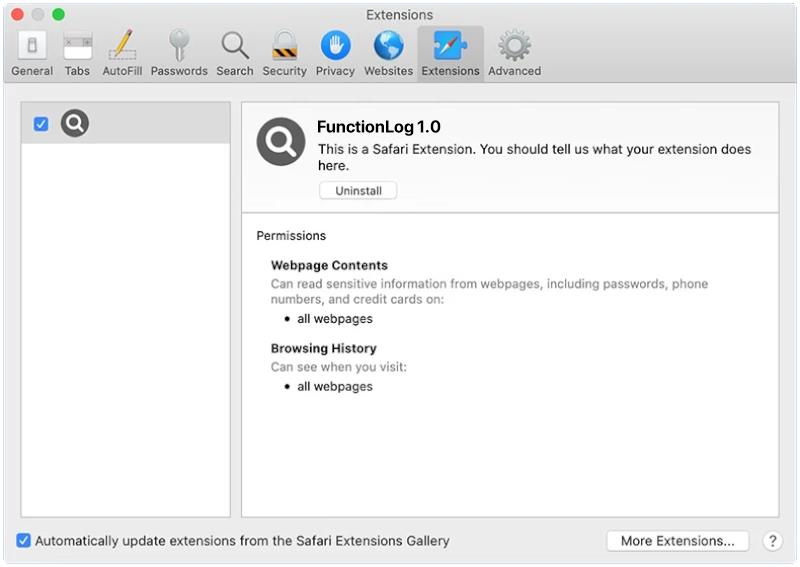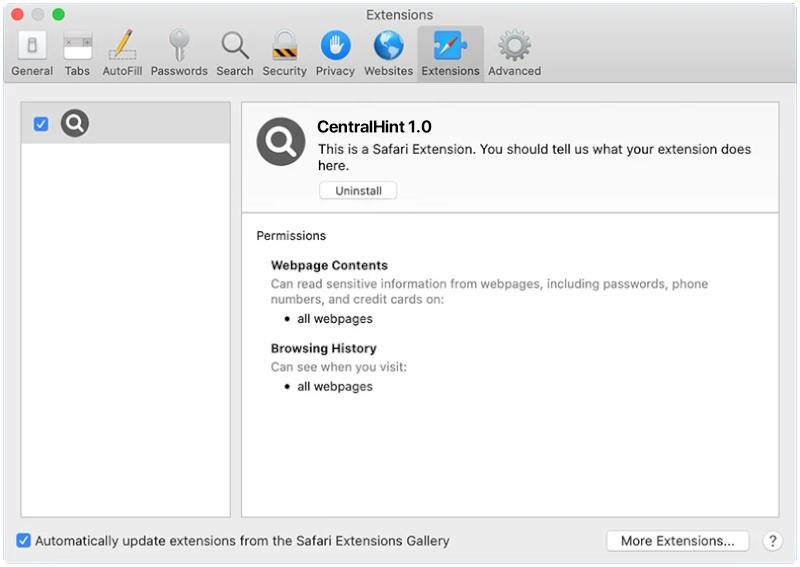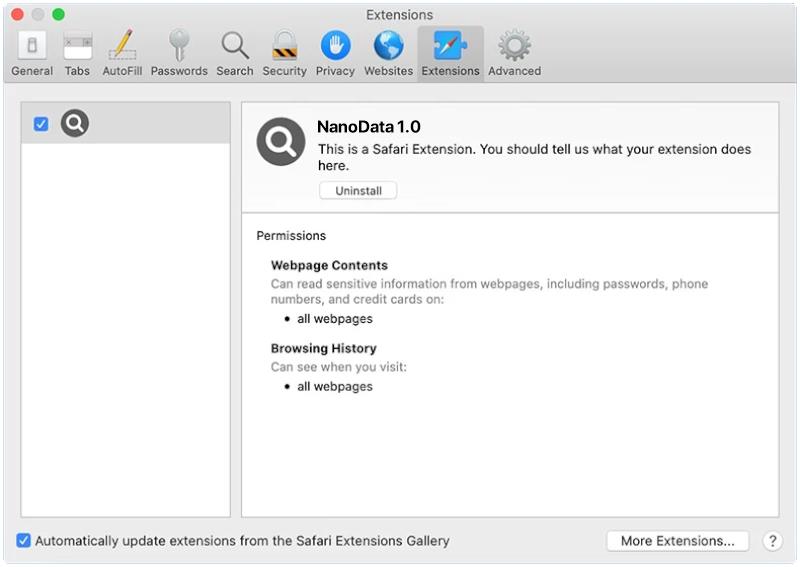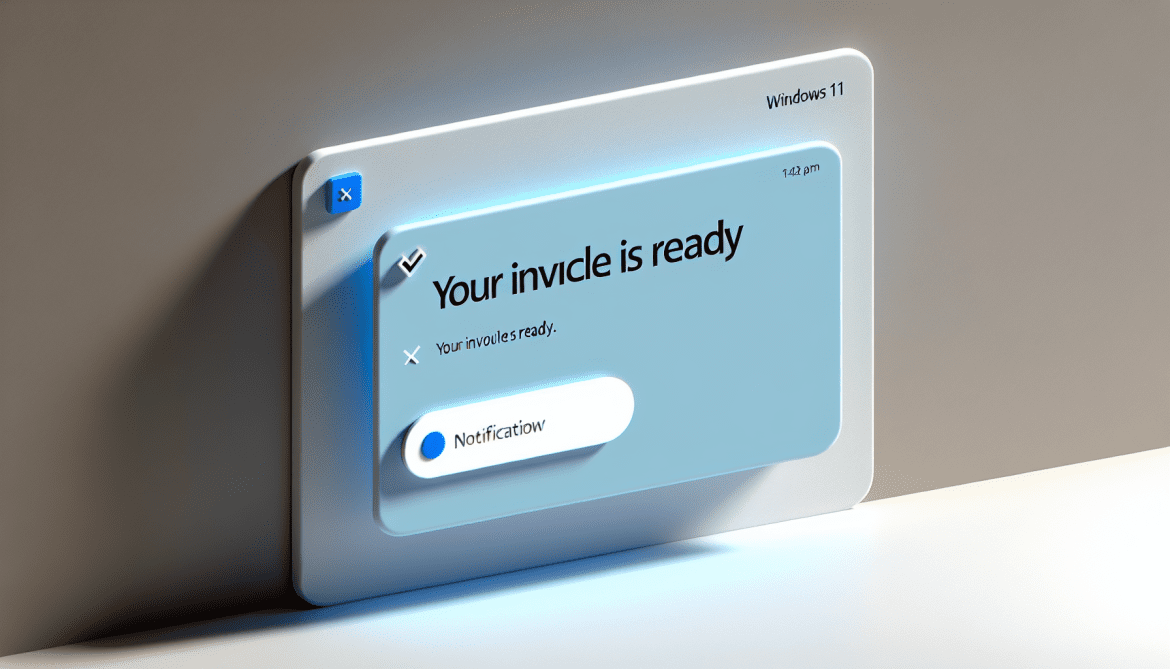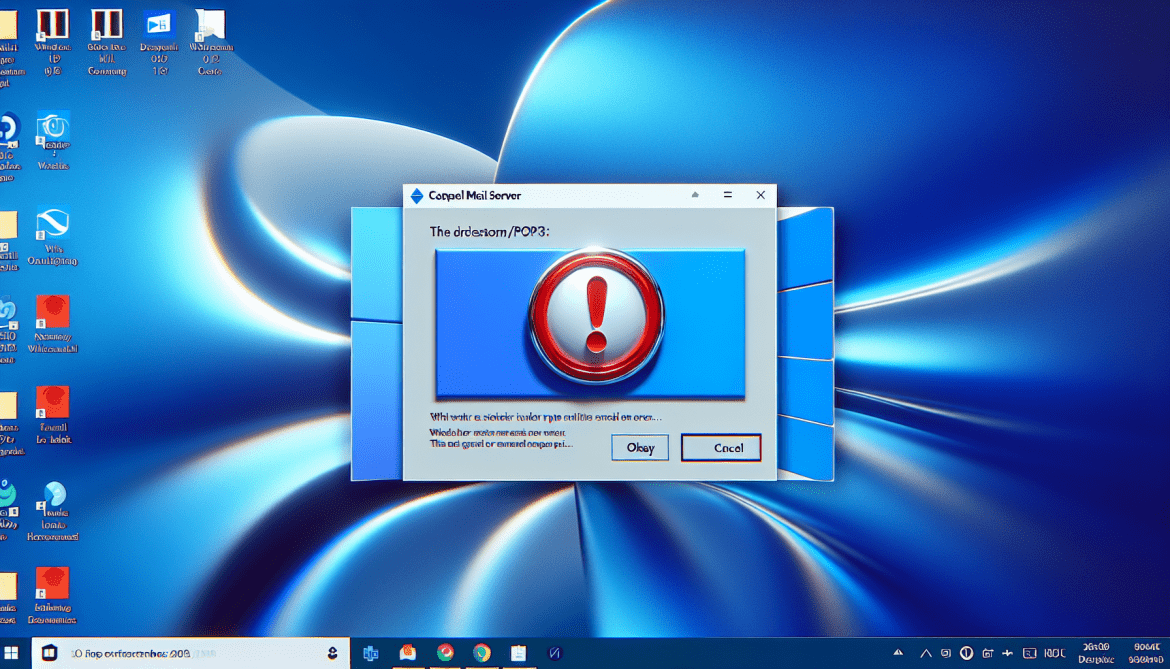BinaryInitiator is a type of malware that specifically targets Mac operating systems. It is designed to infect and compromise the security of Mac devices by exploiting vulnerabilities in the system through various means such as phishing emails, malicious websites, or software downloads. Once the malware infiltrates the system, it can execute harmful commands, steal sensitive information, and open backdoors for further attacks.
BinaryInitiator infects Mac devices by tricking users into downloading and installing malicious files or applications. This malware can also spread through infected attachments in emails or through compromised websites. Once the malware gains access to the system, it can remain hidden and carry out its malicious activities without the user’s knowledge. It is important for Mac users to be cautious when downloading files or clicking on links from unknown sources to prevent infections from threats like BinaryInitiator.

